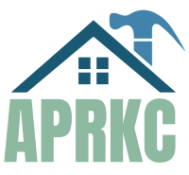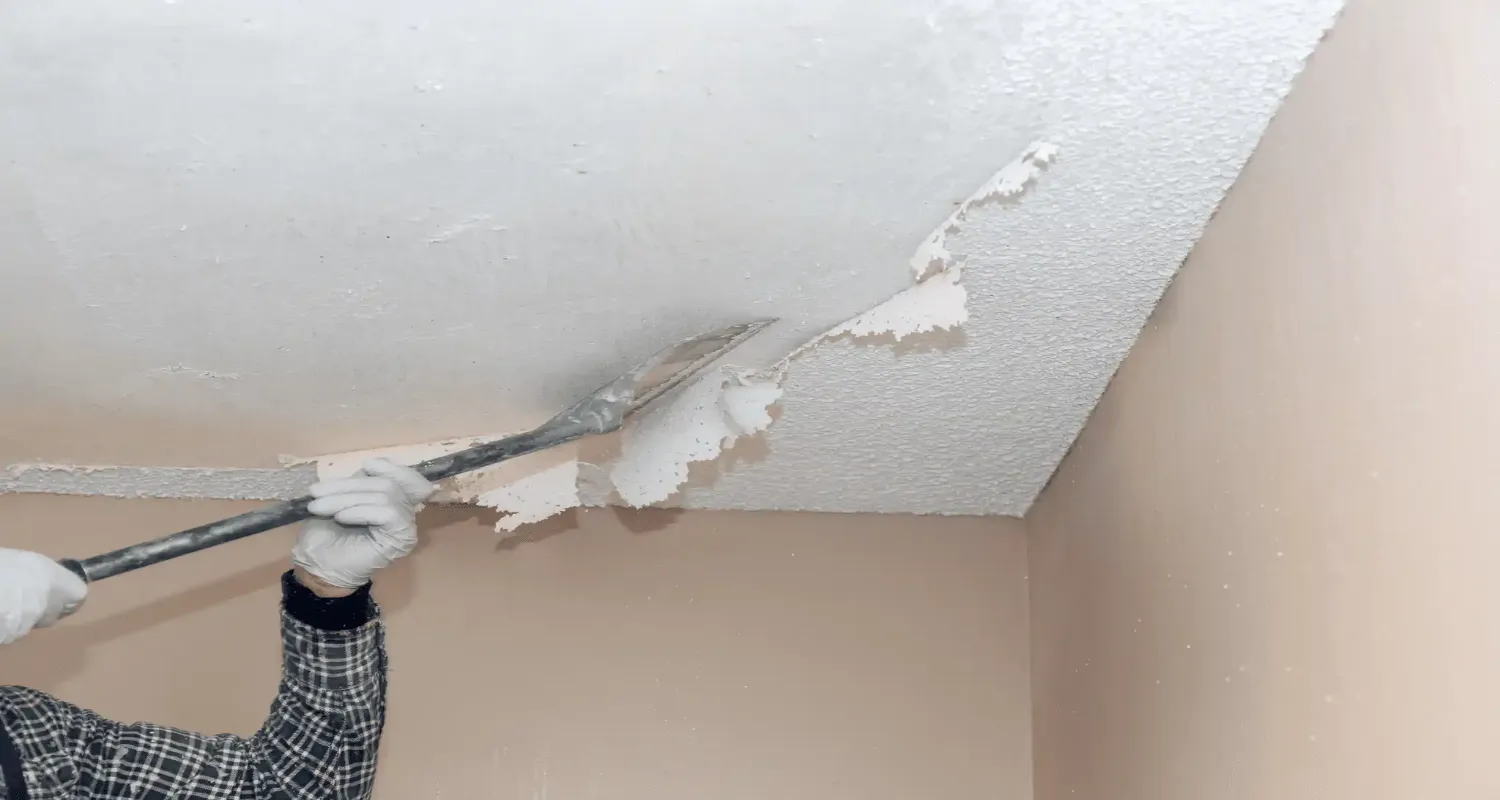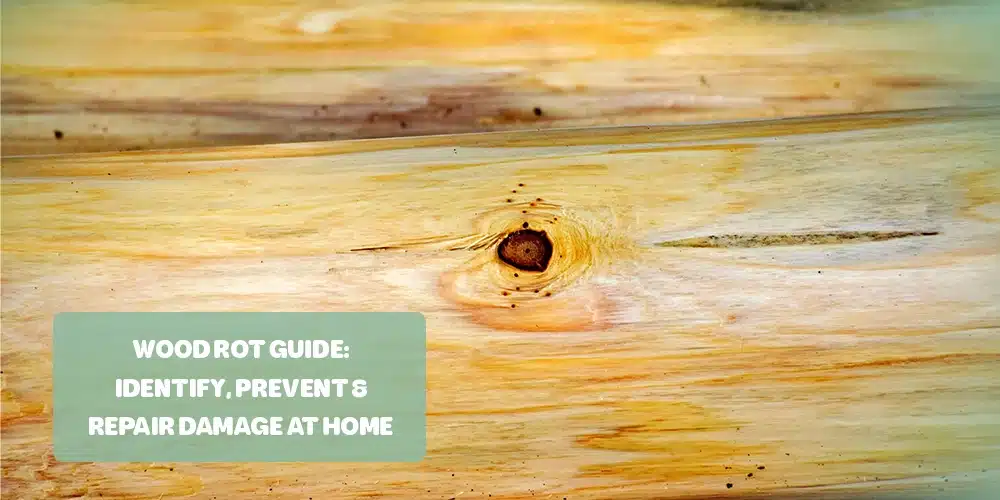Roofing issues can arise unexpectedly, often leading to costly repairs if not addressed promptly. For homeowners in Overland Park, the unique challenges posed by the region’s fluctuating weather and seasonal changes make regular roof maintenance even more critical. From the sweltering heat of summer to the frigid winters and heavy rainfall in between, these conditions can take a toll on roofing materials, causing wear and damage over time.
By being proactive and knowledgeable about the potential issues your roof may face, you can save yourself both time and money while ensuring your home remains safe and secure for years to come. In this blog, we’ll explore common roofing problems specific to Overland Park and provide solutions to help you keep your roof in top shape.
1. Leaks
Leaks are one of the most common roofing issues. They can occur due to damaged shingles, improper installation, or flashing failures. Overland Park experiences heavy rainfall, making leaks a significant concern.
Solution:
- Inspection: Regularly inspect your roof, especially after storms. Look for missing shingles, cracks, or any signs of wear.
- Repair: For minor leaks, use roofing cement to seal small cracks. For larger issues, you may need to replace damaged shingles or call a professional for a thorough inspection.
2. Moss and Algae Growth
The humid climate in Overland Park can promote the growth of moss and algae on roofs, particularly on shaded areas. This not only affects aesthetics but can also lead to roof damage over time.
Solution:
- Cleaning: Use a mixture of water and mild detergent to clean the affected areas. A pressure washer can be effective but must be used carefully to avoid damaging shingles.
- Prevention: Consider installing zinc or copper strips along the ridge of your roof. Rain will wash these metals down, helping to prevent future growth.
3. Damaged Flashing
Flashing is crucial for protecting vulnerable areas of your roof, such as chimneys and vents. Over time, flashing can rust or become dislodged, leading to leaks.
Solution:
- Inspection: Check flashing regularly for signs of rust or separation.
- Repair or Replace: If flashing is damaged, it may be possible to reattach or seal it. In more severe cases, replacement may be necessary.
4. Poor Ventilation
Inadequate ventilation can cause heat and moisture buildup in your attic, leading to shingle damage and ice dam formation during winter months.
Solution:
- Assess Ventilation: Ensure your attic has sufficient intake and exhaust vents. Look for signs of moisture or excessive heat.
- Install Additional Vents: If ventilation is lacking, consider adding soffit vents or ridge vents to promote airflow.
5. Ice Dams
Ice dams occur when melting snow refreezes at the roof’s edge, creating barriers that trap water. This can lead to leaks and significant damage.
Solution:
- Preventative Measures: Insulate your attic to maintain consistent roof temperatures. Roof heat cables can also help melt snow and prevent ice dams.
- Remove Snow: After heavy snowfall, carefully remove snow from the roof using a roof rake to minimize the risk of ice dam formation.
6. Worn or Missing Shingles
Over time, shingles can wear out or become dislodged due to age, weather, or improper installation.
Solution:
- Regular Inspection: Check for any signs of missing or damaged shingles after storms or extreme weather.
- Replacement: Replace missing or damaged shingles promptly to prevent leaks and further damage.
7. Punctures and Holes
Punctures can occur from falling branches or foot traffic on the roof. These holes can lead to leaks and structural damage.
Solution:
- Inspection: Regularly check for punctures or holes, especially after storms.
- Repair: Use roofing sealant for small holes, but larger punctures may require professional repair or shingle replacement.
8. Roof Punctures from Wildlife
Animals such as raccoons, squirrels, or birds can cause punctures in your roofing material when trying to access your attic or nest. These punctures can lead to leaks and other damage.
Solution:
- Inspection: Regularly check for signs of wildlife intrusion. Look for entry points, especially around vents and chimneys.
- Repair: Seal any punctures with roofing cement or replace damaged shingles.
- Prevention: Install metal mesh or wire screens over vents and openings to deter animals.
9. Roof Shrinkage
Some roofing materials, especially single-ply membranes, can shrink over time due to exposure to heat and sunlight. This can lead to cracks and seams pulling apart, resulting in leaks.
Solution:
- Inspection: Look for areas where seams have pulled apart or where the material appears to be shrinking.
- Repair: Use roofing adhesive to reseal seams. In some cases, sections may need to be replaced entirely.
- Proper Installation: Ensure new roofing materials are installed correctly to allow for expansion and contraction.
10. Poor Installation
Improper installation can lead to a variety of problems, including leaks, poor ventilation, and premature wear. This is often due to using unqualified contractors or incorrect materials.
Solution:
- Hire Qualified Professionals: Always hire experienced and reputable roofing contractors to avoid installation problems.
- Inspect Work: After installation, have a professional review the work to ensure it meets industry standards.
- Address Issues Promptly: If problems arise, address them immediately with the contractor.
11. Ponding Water
Ponding water occurs when water collects on flat or low-slope roofs due to improper drainage. This can lead to leaks and accelerate wear on roofing materials.
Solution:
- Inspect Drainage Systems: Check gutters, downspouts, and roof drains for blockages.
- Improve Drainage: Ensure the roof has proper slope and drainage systems in place. Consider adding scuppers or additional drains if necessary.
- Regular Maintenance: Clear debris from gutters and roof surfaces to maintain proper water flow.
12. Thermal Splitting
Thermal splitting occurs when roofing materials expand and contract rapidly due to extreme temperature changes, leading to cracks or splits in the material.
Solution:
- Material Selection: When replacing or installing a roof, choose materials designed to withstand temperature fluctuations.
- Inspection: Regularly check for cracks and address them promptly with sealants or replacements.
- Proper Ventilation: Ensure adequate attic ventilation to help regulate temperature and reduce stress on roofing materials.
13. Storm Damage
Severe storms, including hail, high winds, and heavy rain, can cause significant damage to roofing systems. Hail can dent shingles, while strong winds can lift or tear them off.
Solution:
- Post-Storm Inspection: After any severe weather, conduct a thorough inspection of your roof for damage.
- Prompt Repairs: Replace missing or damaged shingles immediately to prevent leaks.
- File Insurance Claims: If damage is extensive, consider filing an insurance claim for repairs.
Avail Expert Roofing Maintenance from Aaron's Painting and Remodeling
Maintaining your roof in Overland Park is essential to protecting your home from the elements. Regular inspections and prompt repairs can save you from costly damage. If you’re ever uncertain about the condition of your roof or need professional help, don’t hesitate to contact a local roofing expert. Keeping your roof in good condition will ensure it serves you well for years to come!
At Aarons Painting and Remodeling, we understand the importance of a sturdy, reliable roof over your head. Our team of experienced professionals is ready to assist you with inspections, repairs, and any remodeling needs you may have. Let us help you safeguard your home and enhance its beauty. Contact us today for a consultation and ensure your roof is ready to protect against whatever Mother Nature has in store!



